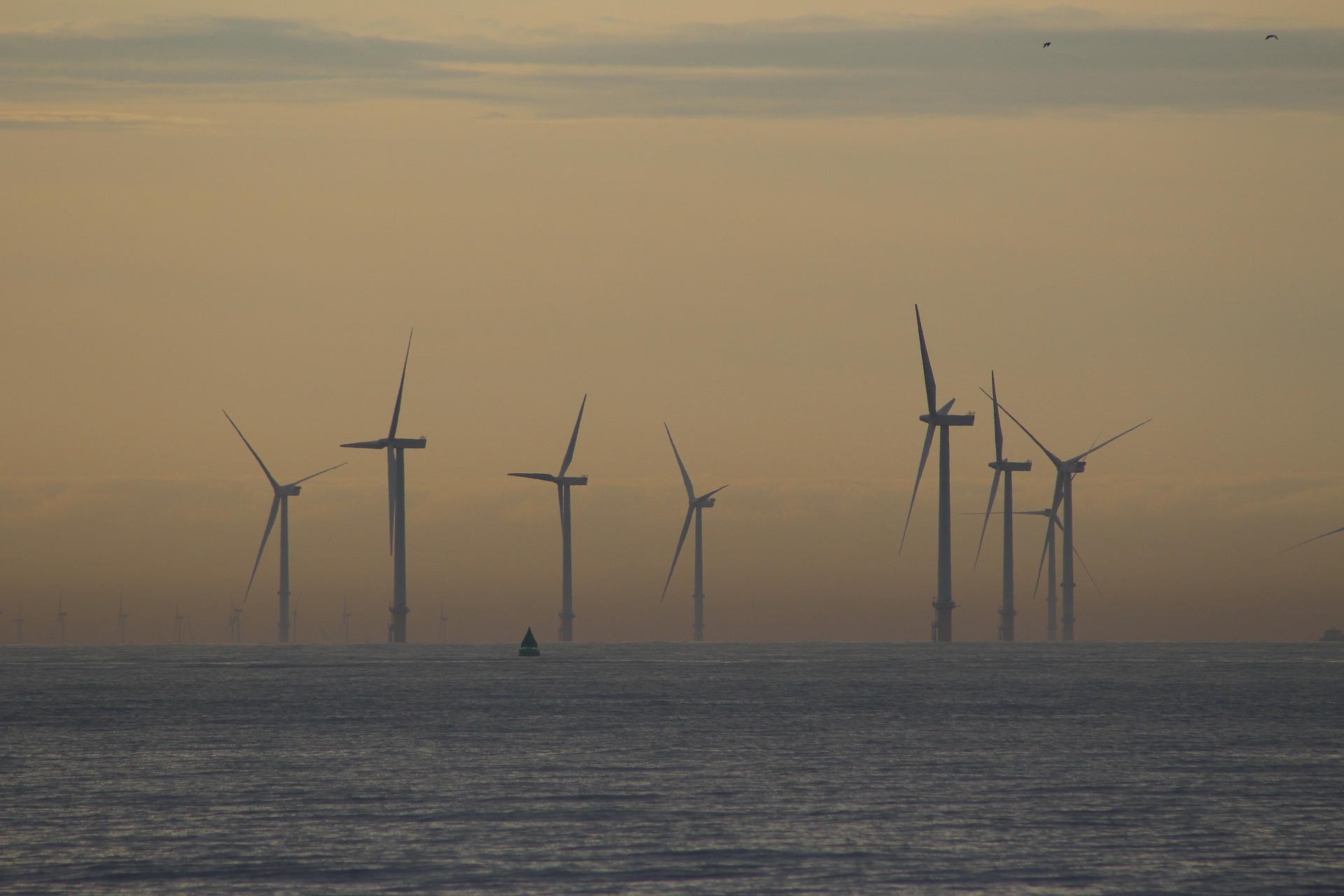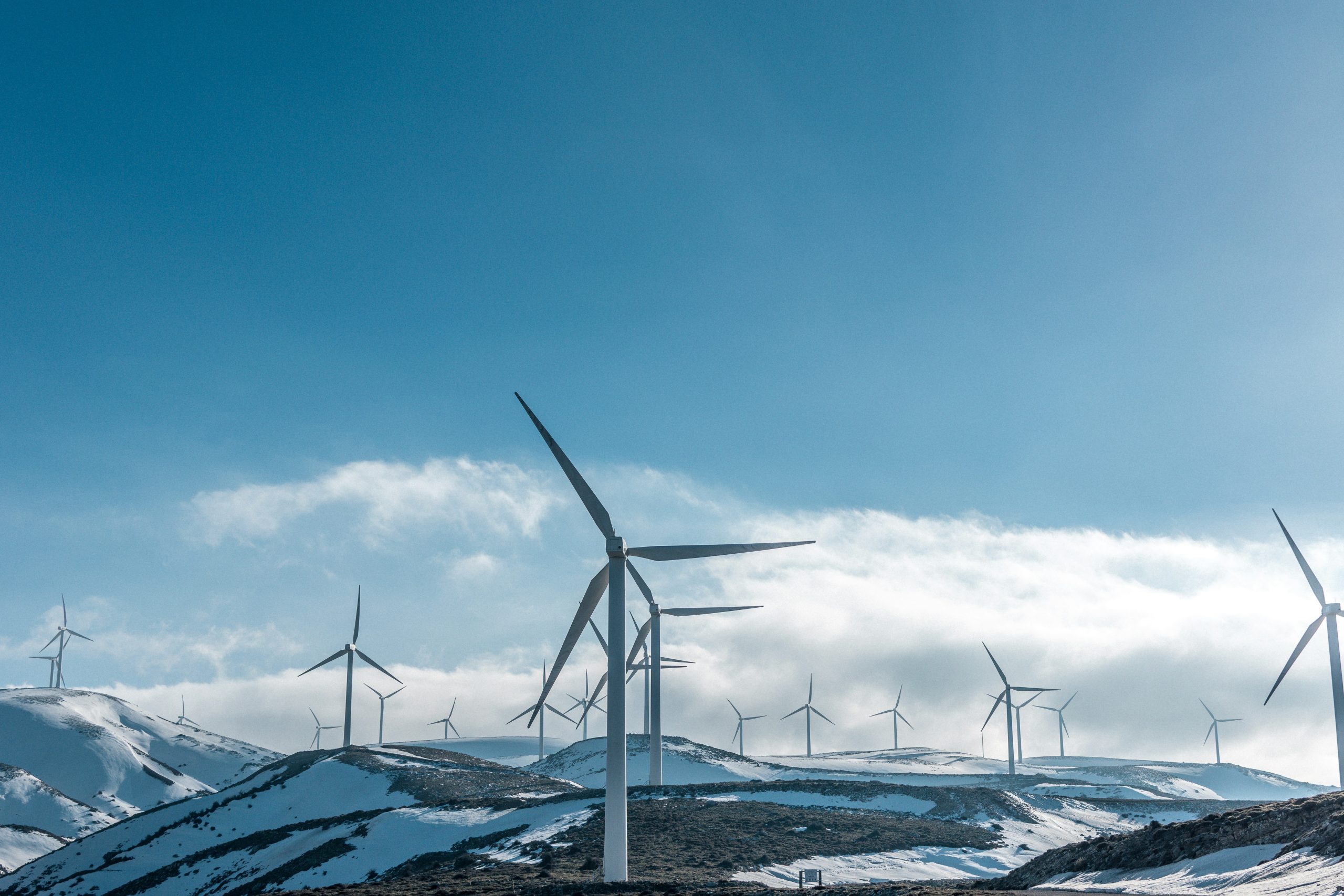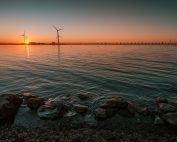Research conducted by the Finnish Ministry of the Environment shows that the best way to promote the development of wind energy is to streamline and define regulatory procedures for the production of wind energy both onshore and offshore.
On June 30, 2021, the Finnish Ministry of the Environment presented a research report on the conditions for the development of wind energy in the country. The study covered three areas: regulatory procedures for the development of wind energy, profitability of offshore wind energy and coordination of wind energy development and regional control of projects.
The report puts forward a number of concrete proposals for action to streamline administrative procedures and enhance stakeholder dialogue. Regional planning should respond faster to technological developments and should be more coherent. Regarding the environmental impact assessment (EIA), the recommendations highlight the need to establish a common approach to the role of the municipality in this procedure.
It is also recommended to further clarify the role and significance of the 45 MW size limit as the wind farm’s impact threshold in the EIA. On December 14, 2018, the Finnish Parliament approved an amendment to the Finnish Act on Environmental Impact Assessment (252/2017). This amendment authorizes the construction of a wind farm without the need to conduct an environmental impact assessment (EIA), if the project consists of no more than 10 wind turbines (WTG – wind turbine generators) or less than 45 MW. Experts recommend increasing this limit or abolishing it altogether
Unclear regulatory procedure for Finnish offshore wind turbines
It would be useful to describe the steps and conditions in the offshore wind regulatory procedure as they are currently unclear, especially in Finland’s Exclusive Economic Zone. It is also recommended to amend the law to give priority to the first operator in granting construction rights to be given the right to exploit the site.
The study presents recommendations aimed at improving the profitability of offshore wind energy. Experts have proposed lowering the property tax for offshore wind farms to make offshore wind farms tax-neutral compared to onshore wind farms. In the maritime areas of the state, transparency in determining the amount and determining the amount of rents for the lease of land for wind energy should also be ensured. In addition, the possibility of using the state guarantee as an additional to long-term Power Purchase Agreements for medium-sized enterprises or as a loan financing guarantee for offshore wind projects should be further explored.
Currently, wind energy is concentrated in the western part of Finland, therefore, in order to increase the regional distribution of wind energy, the study looked at the coordination of wind energy development and regional control. The study showed that in some regions it can be a challenge to find solutions to coordinate the development of the sector.
The armed forces gave a positive opinion for 11,214 wind turbines, of which more than 1,350 could be built in eastern Finland. However, this potential is currently untapped. As part of the overall analysis of wind energy and regional control, the study also examined the consultation procedure of the Armed Forces. Currently, the consultation procedure is not based on the Regional Control Act, but a positive opinion is a prerequisite for the construction of wind farms. As an important improvement measure, it is proposed that the opinion of the Finnish Armed Forces is legally required in the initial stage of wind energy projects.














